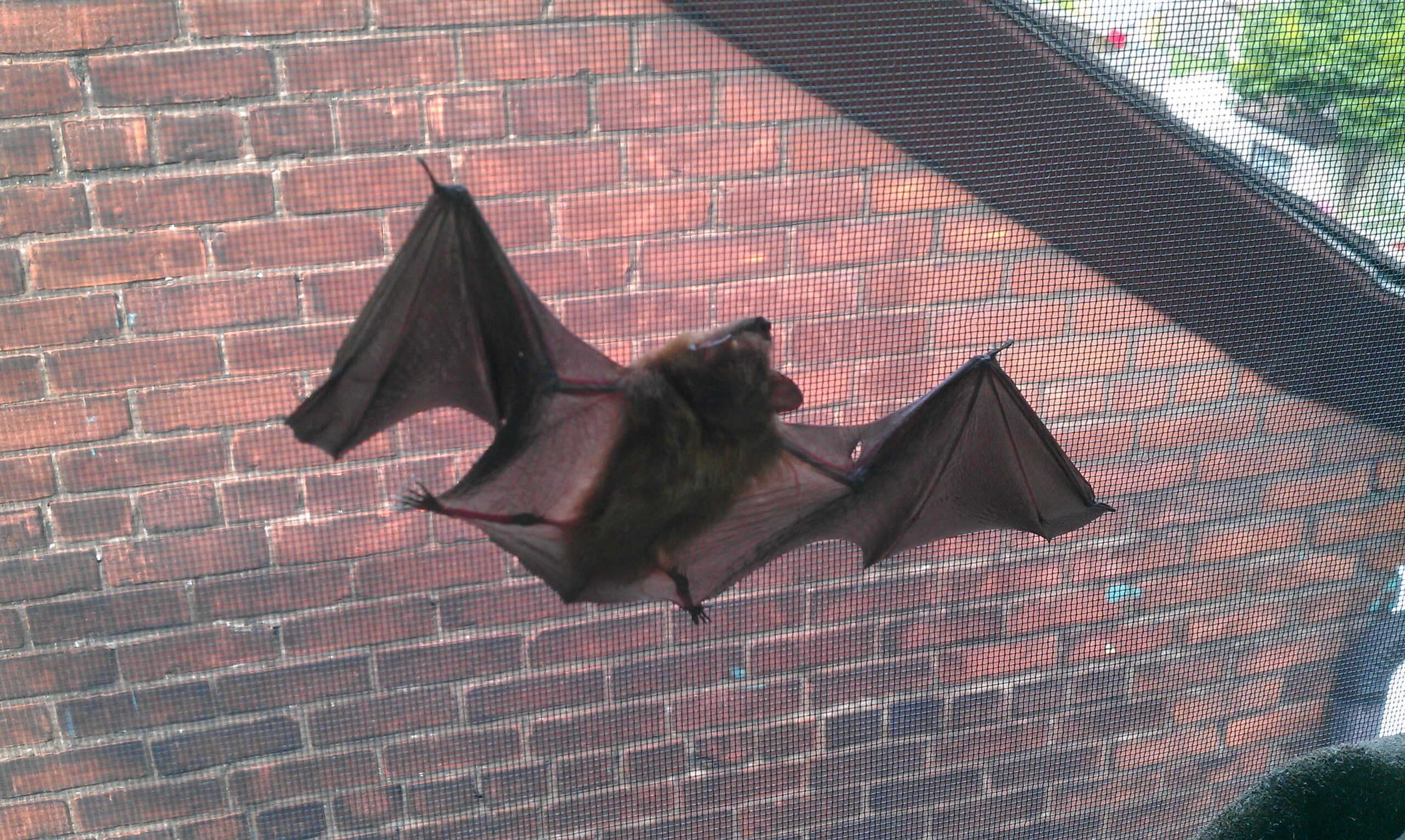Bats often get a bad rap. They are misunderstood creatures that bring fear to the hearts of many who witness their erratic flight at night. With legends about vampires and the threat of rabies, they just can’t catch a break.
But, bats really are fascinating animals. There are more than 1,300 species around the world, and Wisconsin has 18 of them, all of which are protected species in the state. This means that you cannot harm, kill or own one. If you see a bat in your home, the best thing you can do is call experts in bat removal in Milwaukee.
Shining a Light in the Dark
Bats are nocturnal animals. Many people think that they are rodents because of their nightlife activities, and perhaps because of how they look. They are not rodents, however. They are mammals. The females give birth once a year to a single pup, though occasionally there are twins, and congregate in large maternal colonies to care for their young.
One fascinating feature of bat reproduction is that after mating is complete in fall or winter, females conserve the sperm until spring. Fertilization does not occur until the weather warms up enough to provide a reliable food source for mother and offspring. The pups suckle from their mother until their wings fully develop, and they can begin to fend for themselves.
Unraveling the Mystery
These winged animals are the only mammals truly capable of flight. While there are other mammals, such as the flying squirrel and the sifaka lemur, that can glide, none of them can fly. Bats have wings, but they aren’t exactly the same type of wings found on birds. Bat wings are adapted from hands, and they contain the same number of digits and bones as the human hand. Their wing structure makes them quite dexterous, as each digit can move independently of the others.
Bats wings allow for excellent maneuverability, which is why their flight patterns are different than birds. They are far more efficient as well! In spite of their impressive flying skills, bats do have one little quirk; they can’t fly directly into small openings. Instead, they have to land on a nearby surface and crawl through. This is the reason Skedaddle designed the one-way bat door.
Contrary to popular belief, bats can see very well in the dark. They also have excellent hearing. When seeking food, it is their ears that help the insect-hunting species catch their prey. Bats vocalize as they fly, and that sound bounces off of whatever is in their path. These echoes provide them with valuable information, including the size, shape and direction of movement of insects.
Removing the Fear of the Unknown
People often fear what they can’t see or don’t understand. Seeing the shadow of a bat flitting around in the trees can cause a chill to run up your spine, but there is little reason to fear. Bats are not aggressive animals. Rather, they tend to be elusive and prefer to avoid run-ins with people. Though they have the reputation for spreading rabies, the truth is that fewer than 1% get the disease.
Bats seek out places that offer them protection from predators and easy access to food. If you have bats around or in your house, it isn’t because they want your company. It is usually because they’ve found a good source of food and safe shelter. Though bats are not aggressive, one that is sick, scared or cornered may try to bite. Handling a bat on your own is not recommended by experts from bat removal in Milwaukee.
Bat Removal
Skedaddle Wildlife Control technicians are experts in bat behaviors and life cycles. We identify entry points and colony locations; determine when and how to safely and humanely remove the entire colony; and seal off entries to prevent future issues. If you suspect you have bats in your home, or one has gained entry into your living quarters, contact us to schedule services.




